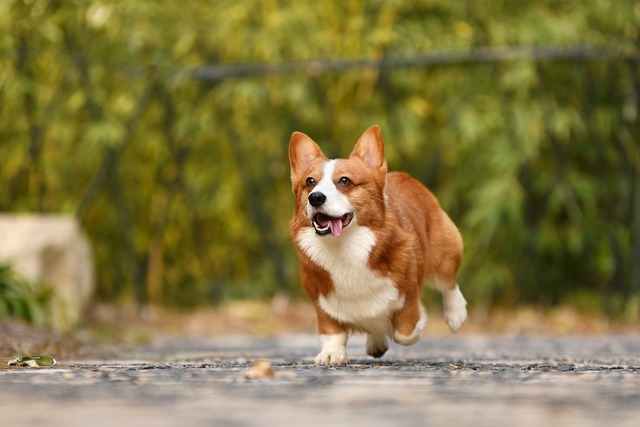
How do i train my dog to be obedient?
Watching your dog dart across the park ignoring your calls isn’t just frustrating—it can put them at risk near busy streets or public spaces.
There’s a universal rite of passage for new puppy owners from Los Angeles to London: the "ankle shark" phase. You’re just walking to the kitchen for coffee, and suddenly, a tiny, furry piranha is latched onto your sock, making you perform a bizarre, hopping dance to escape. It’s frustrating, painful, and can make you wonder if you brought home a alligator instead of a Labrador. But before you resort to gently prying those needle-teeth off your ankle, it’s crucial to understand that this behavior is 100% normal. Puppies bite hands and feet not out of spite, but because they are hardwired to explore the world with their mouths, they’re teething, and, most importantly, they think your moving feet are the most exciting prey-like toy in the house.
The single most effective strategy isn't to punish the "bad" behavior but to manage the environment and reward the right one. Your first line of defense is always having a better, more enticing alternative within reach—a stuffed Kong fresh from the freezer is perfect for sore gums. The training happens in the split-second reaction: the moment you feel teeth on skin or clothing, let out a high-pitched "Yip!" or "Ouch!" to startle them, immediately stop all movement (become a boring tree), and then present the fantastic chew toy. The nanosecond their mouth touches the toy, shower them with praise and maybe a tiny training treat. This teaches them that chomping on toys makes good things happen, while chomping on you makes the fun, moving target disappear entirely. For persistent ankle-biters, keep a small basket of toys by every doorway to easily redirect that energy.

This philosophy of redirection over reaction is deeply embedded in modern animal welfare standards across the U.S. and EU. Physically swatting, thumping a puppy’s nose, or holding their mouth shut are not only ineffective in the long term but are culturally taboo and could be reported as abuse, potentially involving animal control. Your commitment to positive reinforcement must extend beyond your front door. Before you even think about working on "leave it" with distractions at your local park, you must be compliant with local ordinances. This means your puppy’s vaccination record, especially the legally required rabies shot, must be up-to-date and handy. And never, ever leave the house without a roll of poop bags. Failing to clean up in a shared space like a Boston common or a San Diego dog beach isn’t just a major social foul; it’s a punishable offense that gives all dog owners a bad name.
For those in apartments, this is especially critical. A yelping session because of a nipped ankle can easily travel through floors and walls, leading to noise complaints. Proactive management is your best tool—a baby gate can create a puppy-proof zone when you need a breather. When you head out for a walk, your community etiquette is a direct reflection of your training. Keep your pup on a short leash in the lobby and hallways to prevent them from lunging at a neighbor’s swinging grocery bag, and always ask, "Are we friendly?" before allowing any greetings. By combining intelligent redirection with impeccable public manners, you’re not just saving your ankles; you’re building a respectful, well-mannered canine citizen.

Watching your dog dart across the park ignoring your calls isn’t just frustrating—it can put them at risk near busy streets or public spaces.

New puppy owners often find themselves rushing to clean up accidents before they set in, and that’s where puppy pad training becomes a game-changer.

If you've noticed your dog's waistline disappearing and your veterinarian has mentioned those few extra pounds, your first instinct might be to simply reduce the amount of food in their bowl.

Training a dog to use a designated spot indoors isn’t as daunting as many new owners fear, but it does take consistency and an understanding of your pet’s needs.

That moment of dread on a walk is all too familiar for many new dog owners. You see another dog approaching down the sidewalk of your neighborhood

If the sight of another dog on your neighborhood walk makes your heart sink as your own dog erupts into a frenzy of barking and lunging, you're not alone.